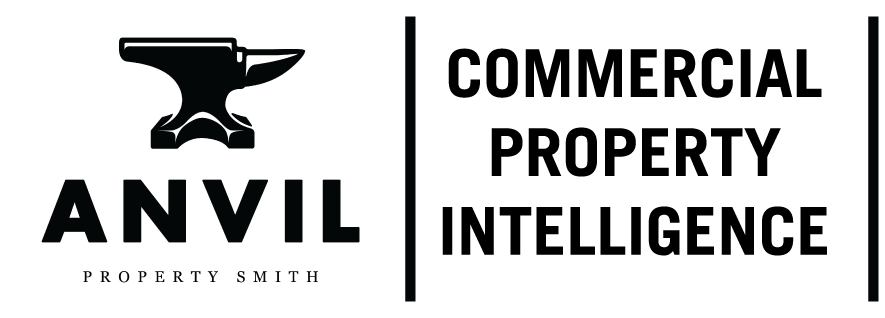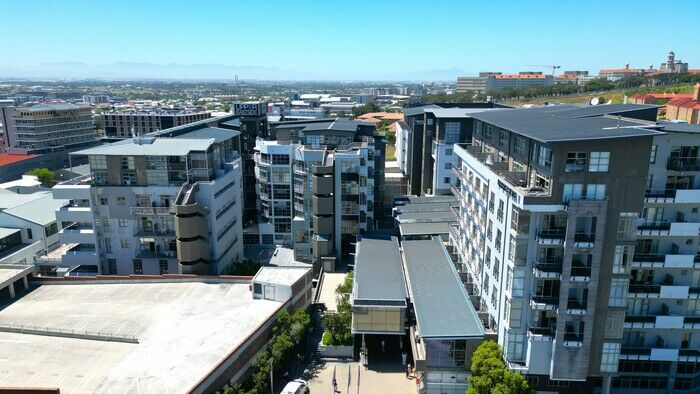Salt River Area Guide: History, Comparison, and Investment Opportunities
Salt River, a historic neighborhood in Cape Town, sits at the intersection of old-world charm and modern reinvention. To fully appreciate its appeal, it’s essential to explore its historical context and understand how it compares with neighbouring districts like Woodstock and Observatory. Each of these areas offers unique attributes for residents, businesses, and investors.
A Brief Historical Background
Salt River: From Industry to Innovation
Salt River began as an industrial hub during the late 19th and early 20th centuries, fueled by Cape Town's rapid expansion as a trading and shipping center. It was known for its textile mills, factories, and its proximity to the railway line, which connected it to the city and the rest of South Africa.
Over the decades, Salt River experienced urban decline as industries moved elsewhere. However, its spacious warehouses, excellent location, and affordability attracted a wave of artists, entrepreneurs, and developers, who revitalized the area. Today, it is a vibrant district blending residential, commercial, and creative industries.
Woodstock: The Pioneer of Urban Revival
Woodstock, Salt River’s western neighbour, has long been celebrated as the pioneer of Cape Town’s urban renewal. Once a gritty, working-class suburb, it experienced a transformation in the early 2000s, with creatives and developers converting old industrial buildings into trendy co-working spaces, art studios, and residential lofts.
Woodstock’s success set the tone for Salt River’s development, but its popularity has also driven up property prices and reduced affordability, pushing many to consider Salt River as a viable alternative.
Observatory: The Bohemian Hub
Observatory, located southeast of Salt River, is renowned for its bohemian atmosphere and vibrant nightlife. Historically, it was a residential area for railway workers and later became a melting pot for students, artists, and academics, thanks to its proximity to the University of Cape Town (UCT).
Unlike Salt River and Woodstock, Observatory retains a primarily residential focus, with smaller commercial spaces, quirky restaurants, and a strong community feel.
A Comparative Overview
| Feature | Salt River | Woodstock | Observatory |
|---|---|---|---|
| History | Industrial hub turned mixed-use area | Pioneer of urban renewal | Residential, academic, and bohemian |
| Property Prices | Affordable and rising | Higher due to early revival | Moderate but rising due to demand |
| Business Appeal | Ideal for startups and creatives | Established creative industries | Limited to small-scale businesses |
| Lifestyle | Mixed-use, vibrant, and evolving | Trendy, urban, and fast-paced | Relaxed, bohemian, and student-focused |
| Transport Links | Excellent (trains, MyCiTi, highways) | Excellent (close to CBD and port) | Good but slightly less connected |
| Community | Emerging, diverse, and collaborative | Established and trendy | Tight-knit and artistic |
Why Salt River Stands Out
Salt River balances affordability, accessibility, and potential. Its commercial and residential spaces are less saturated than Woodstock’s, while offering better connectivity and industrial infrastructure compared to Observatory. Additionally, ongoing urban renewal projects make it a prime location for investment.
Key Benefits of Salt River Over Its Neighbors:
- Affordability: Property prices and rental rates are more competitive than Woodstock, offering better value for investors and tenants.
- Strategic Location: Closer to major transport hubs, Salt River is ideal for businesses reliant on logistics or city access.
- Emerging Opportunities: Salt River is on the cusp of its renaissance, with untapped potential compared to the already saturated Woodstock market.
Attractions and Amenities
While Woodstock boasts established attractions and Observatory draws those seeking a laid-back lifestyle, Salt River offers a mix of both worlds.
Historical and Cultural Highlights
- The Lion Match Factory: An iconic industrial building showcasing Salt River’s industrial roots.
- Street Art: Salt River’s walls are canvases for stunning murals, rivaling Woodstock’s.
Dining and Entertainment
- Cafés and Breweries: Salt River is home to an emerging craft beer scene and artisanal eateries, such as Salt River Brewery.
- Nearby Attractions: A short trip to The Old Biscuit Mill in Woodstock or Observatory’s lively Lower Main Road ensures diverse experiences.
Residential Appeal
Salt River’s new developments cater to young professionals and families seeking a convenient urban lifestyle.

The Investment Case
Salt River’s unique positioning between the revitalized Woodstock and bohemian Observatory presents an unmatched opportunity for investors.
Why Invest in Salt River?
- High Growth Potential: As Woodstock prices soar, Salt River attracts businesses and residents seeking similar amenities at lower costs.
- Diverse Market: Suitable for retail, industrial, and residential developments.
- Supportive Ecosystem: Urban renewal initiatives, creative industries, and community-driven projects foster growth.
Future Prospects
Urban planners aim to preserve Salt River’s cultural heritage while modernizing infrastructure and expanding mixed-use developments, making it a prime long-term investment destination.
Make Salt River Your Next Move
Salt River combines the best aspects of Woodstock’s trendiness and Observatory’s relaxed vibe while carving its unique identity as Cape Town’s rising star. Whether you’re a business owner, resident, or investor, Salt River offers unparalleled opportunities for growth and connection.
Explore properties and opportunities in Salt River today. Contact Anvil Property to begin your journey in one of Cape Town’s most promising neighbourhoods.




























